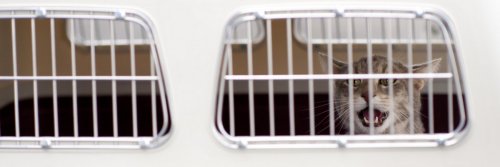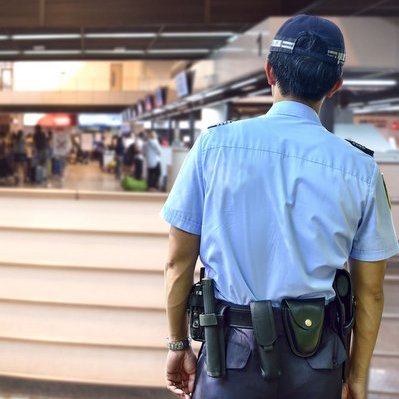There have been many terrible news stories recently regarding animals perishing on planes or passengers being forced to abandon their animals (or even flush them down the toilet) before boarding. Travelling with pets can be a minefield to navigate; you have to think about the needs of your pet while abiding to the rules of your airline. If you’re thinking of travelling with your dog, cat or pet peacock anytime soon, read on for our essential tips.
Could you drive instead of flying?
Flying is a traumatic experience for pets with the airlines laying on many strict rules that make the journey uncomfortable for your four-legged friends. Consider whether you could take the trip by car instead of plane. It might take a little longer but your pet will be happier and you’ll also get to enjoy a road trip together.
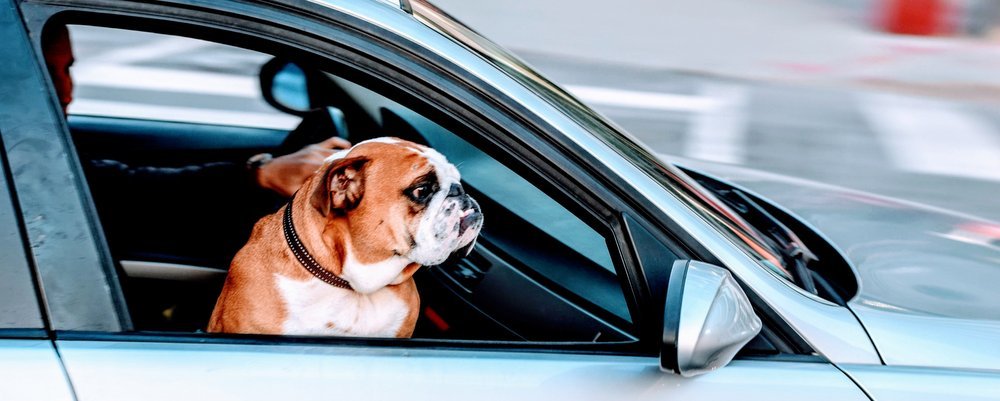
What are the essentials for a long drive?
Ensure that your animal is comfortable. Get your dog or cat used to sitting in a crate before the journey and ensure that there is plenty of water for them to drink. Take regular breaks to give them a little fresh air and allow dogs to stretch their legs. Never, ever leave your dog unattended in a hot car
Does your pet need a passport?
Are you travelling overseas with your pet? If so, you will need to plan in advance and check if they need a pet passport. If you’re based in the U.K., for example, you need to have a pet passport to allow your pet to accompany you to other European countries. Applying for the passport could take some time and expense, as you’ll have to give your pet several vaccinations, so make sure you leave plenty of time to sort this out.
Is it best to leave your pet at home?
If you have an animal who is prone to feeling stressed and doesn’t like change, perhaps it would be best to leave them in the care of someone you trust that they are used to, rather than subjecting them to long travel.
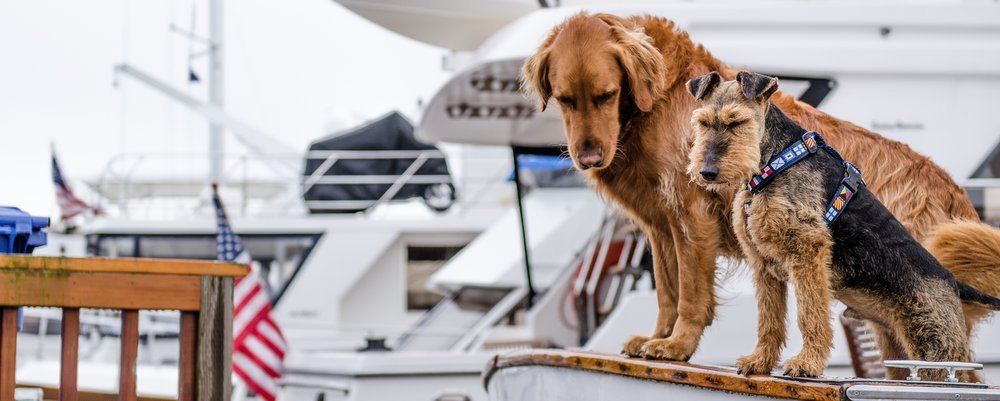
Are they microchipped?
Losing your pet is always a traumatic experience, but imagine how much worse this would feel if you were in a foreign country. Make sure they are microchipped and are wearing a collar with your holiday address and phone number detailed on it.
Does your airline allow pets in the cabin?
Most airlines only allow animals to travel in the hold, which can be incredibly distressing and is best avoided unless there are no other options. Your pet will be on its own for a long flight and will probably be scared and lonely. If you are travelling with your pet in the hold, ensure that they are used to their carrier prior to the flight and give them plenty of water in a container that will not spill.
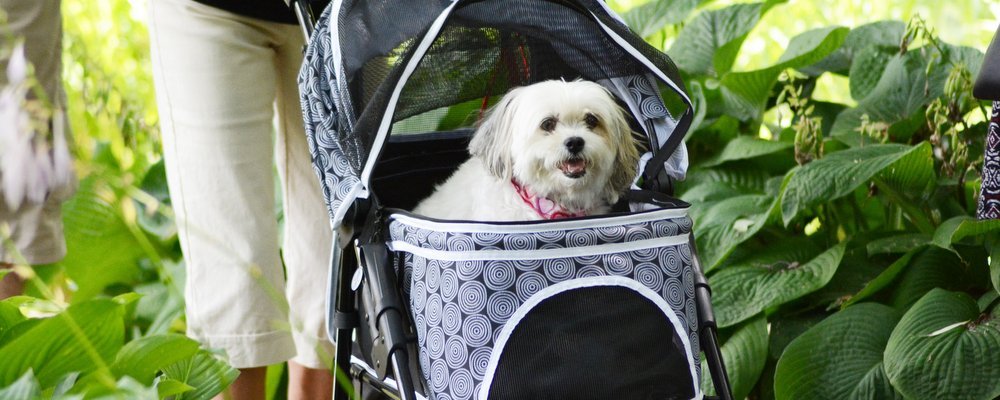
What are the requirements if you’re travelling with your pet in the cabin?
If you are travelling with an airline that allows pets in the cabin, the airline will have rules about the size of carrier they must travel in. Usually, this has to be able to fit at your feet, beneath the seat in front and the pet must stay inside for the duration of the flight. Check (and then double check) with the airline prior to the day that you fly that everything is OK for your pet to travel in the cabin, and ask them what you need to have with you in your carry on (e.g. proof of vaccinations, a lead for your dog, puppy pads for when your dog has to go to the toilet during the flight). You could also ask the flight attendants for ice cubes if you’re worried about water spilling in the crate; your dog will enjoy crunching them while staying hydrated.
If you’re travelling with a dog, check with a vet that it is safe for their breed to fly.
Some breeds with ‘squashed’ faces should never, ever fly as it is incredibly dangerous to their health. Pugs, Boston Terriers and similar breeds are vulnerable to heat stroke and oxygen deprivation due to their short snouts.
If you’re unsure of something a flight attendant is asking you to do with your pet, question it.
We’ve all heard the tragic story of the dog that recently died when a flight attendant placed him in an overhead locker. Be sensible; if you are being asked to do something that you think will harm your pet, speak up and voice your concerns, without getting angry.
You may also like Top 4 Wildlife Watching Destinations and 10 Wildlife Attractions To Avoid.
Emma Lavelle is a UK based writer and photographer and has her own blog Field and Nest.

